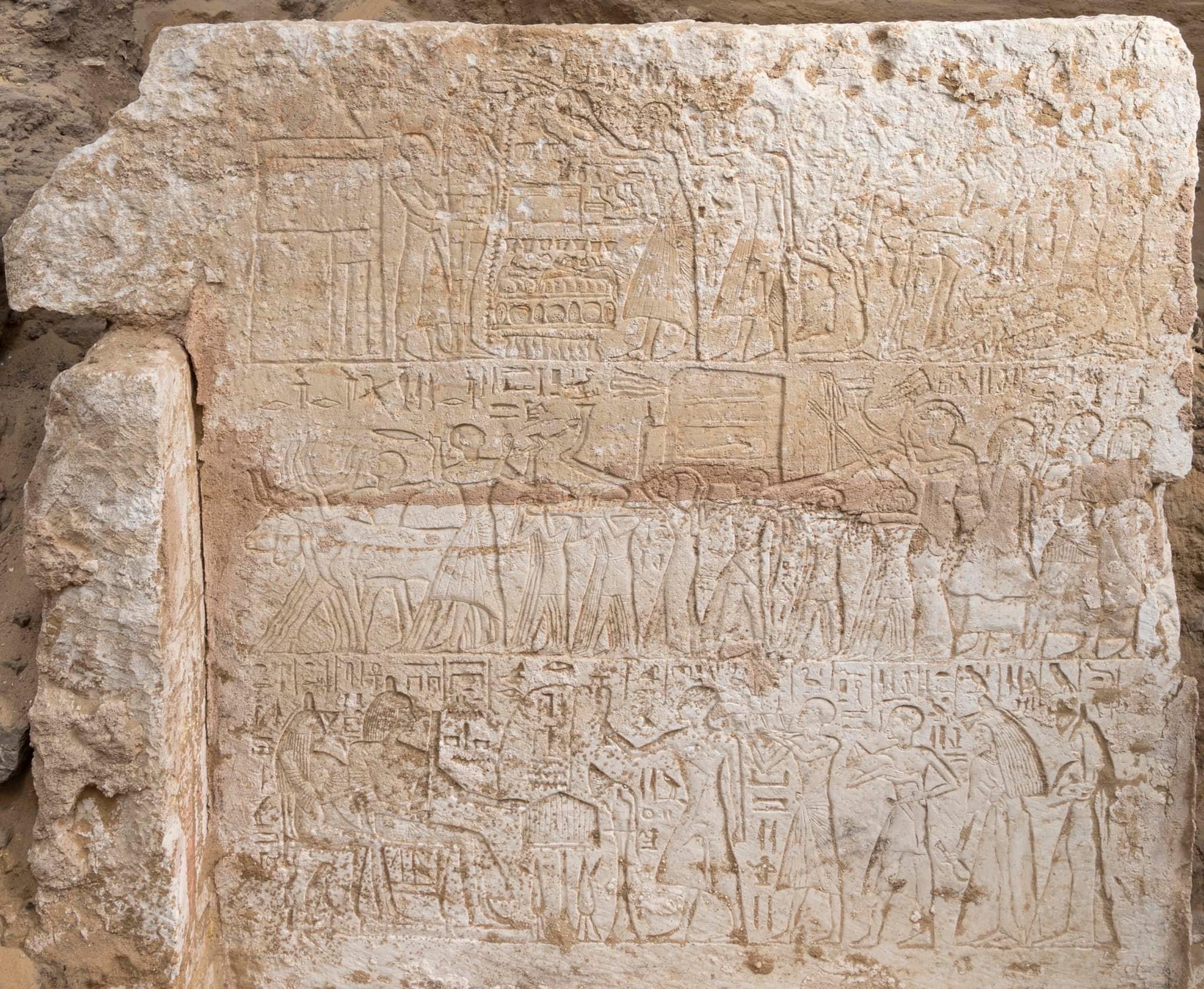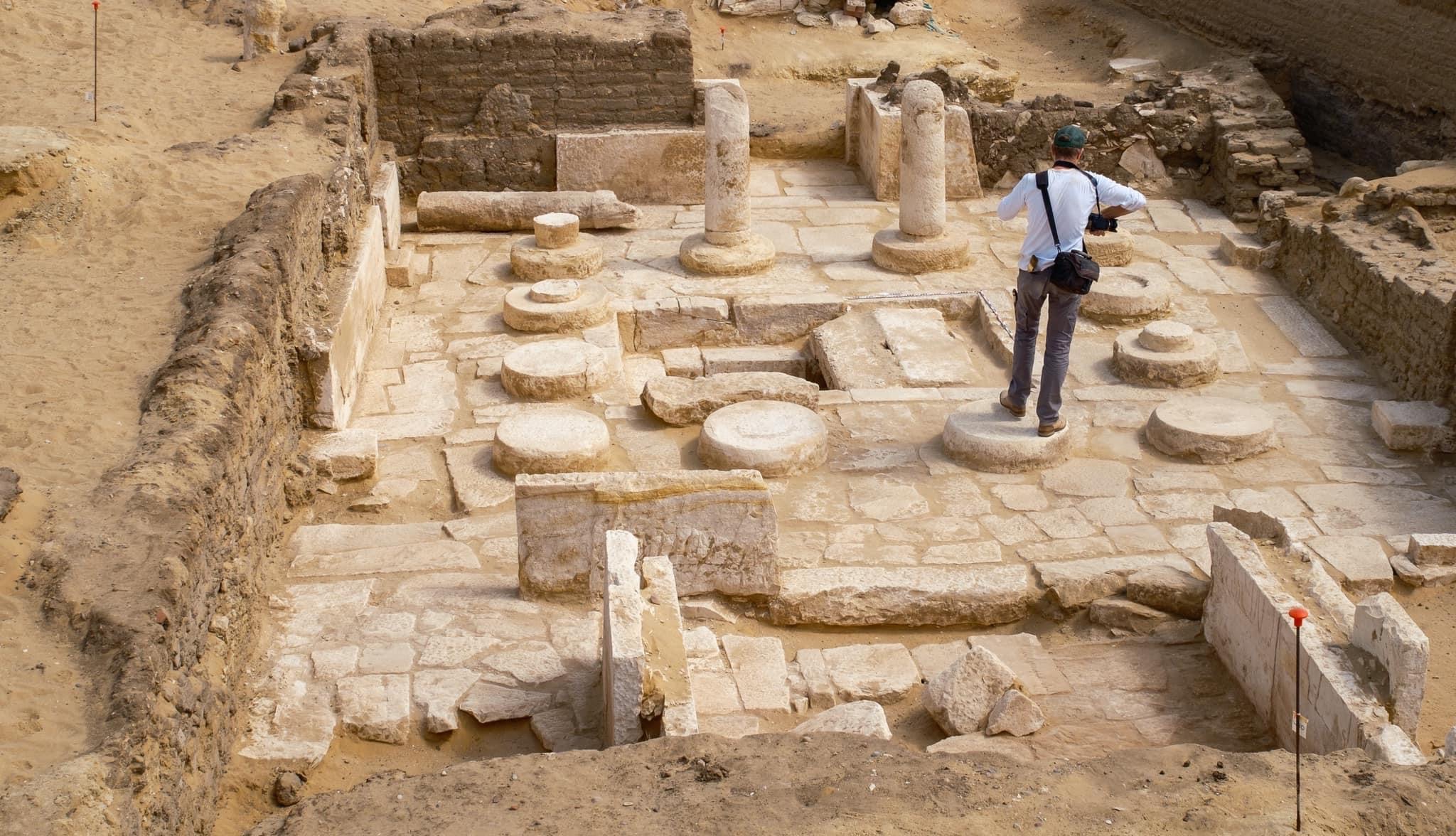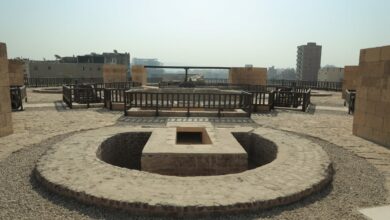
The joint Dutch-Italian archaeological mission in the Saqqara archaeological area, operating under the supervision of the Supreme Council of Antiquities in Egypt discovered the tomb of a person called “Banhesi” from the Ramessid period.
This was according to a statement published by the official Facebook page of the Egyptian Ministry of Tourism and Antiquities, Wednesday.
The mission also uncovered a number of other chapels dating back to the same period.
This will contribute to shedding light on the development of the unveiling of new people who were not known in historical sources.
The discovery supports previous theories that suggest the reuse of the space between the tombs of the 18th Dynasty (such as the Maya tomb) in later eras, and the construction of tombs and chapels in the area during the Ramessid period, according to the statement.
The inscriptions have also shed light on the funerary practices of the dead during that period.
In the statement, the director of the Saqqara Antiquities District, Mohamed Youssef, explained that the cemetery takes the form of a self-contained temple.
It also has an entrance, an inner courtyard containing the bases of stone columns, a well leading to the underground burial chambers, and three chapels next to each other.
A painting was found inside the tomb depicting the owner of the tomb, “Banhesi”, and his wife, “Baya”, who bore the title “Singer of Amun”.
It depicted a beautiful scene of “Banhesi” worshiping the goddess “Hathor”, a scene depicting “Banhesi” and his wife “Baya” together in front of an offering table, in addition to scenes of priests and offerings.
The mission also discovered the remains of four small chapels, two of which contain a number of inscriptions, one of which belongs to a person called “Yoyo”.
Despite its small size, it contains a number of scenes and inscriptions distinguished by its accuracy and the quality of its details.
The inscriptions are in a good state of preservation.
One of the inscriptions shows a scene of the funeral procession of “Yoyo” and the process of reviving his mummy again to live in the afterlife, in addition to a scene depicting the cow goddess “Hathor” and a boat of the god “Seker”, the god of the underworld.







